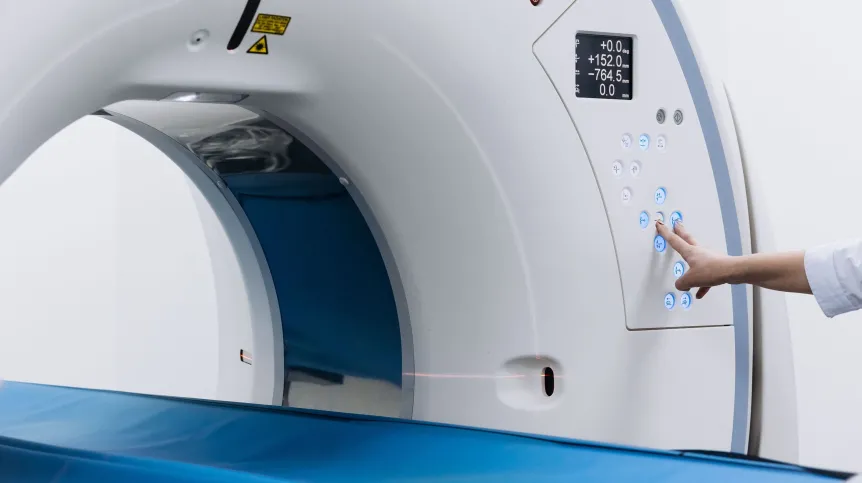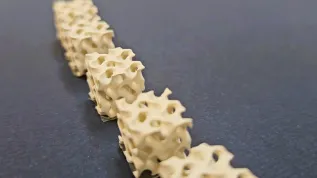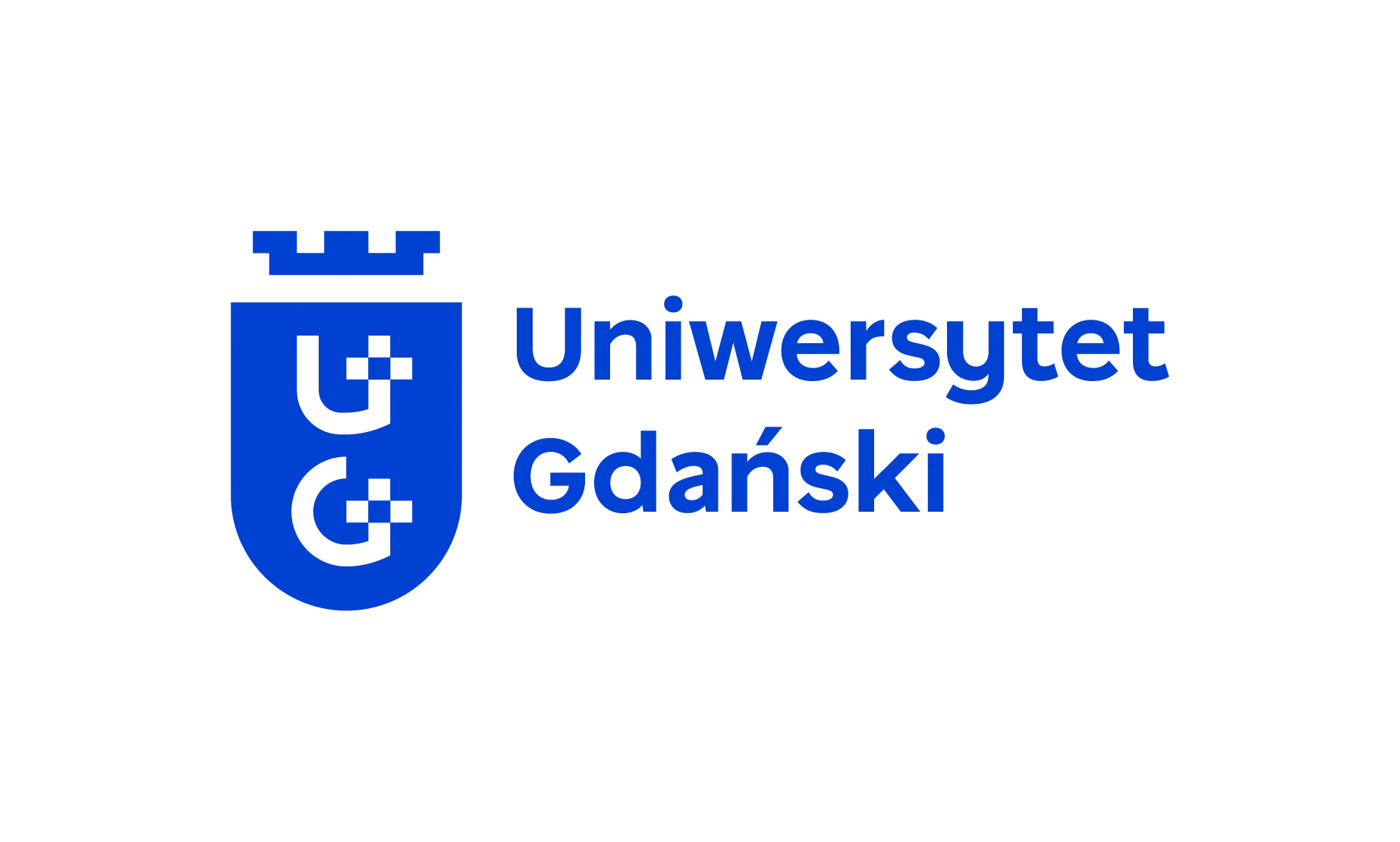
Scientists from Poland and Spain have developed a method of simultaneously creating many plans to irradiate the patient, from which the oncologist will choose the best one for a specific patient. The solution is expected to speed up the treatment process and help specialists.
Intensity Modulated Radiation Therapy (IMRT) is an effective cancer treatment method, used in the daily practice of cancer hospitals in Poland and in the world. It allows to deliver a higher dose of radiation to the tumour while minimizing damage to healthy tissues.
To use this method, however, a plan of radiotherapy is necessary. This plan must be prepared by a specialist - a medical physicist, and accepted by an oncologist, who sets the guidelines for the treatment plan and approves its final version. Due to the growing incidence of cancer, the time of preparing such a plan is becoming an increasingly critical parameter.
Commercial radiotherapy planning systems currently used in cancer hospitals generate one exposure plan per one treatment cycle.
'An oncologist who receives a radiotherapy plan from a planner sometimes improves it for medical reasons, and then a medical physicist prepares the plan again. It extends the whole process. It should also be noted that medical physicists are high-class specialists, and their availability is decreasing', emphasises Professor Ignacy Kaliszewski from the Systems Research Institute of the Polish Academy of Sciences.
A team of researchers from the Maria Skłodowska-Curie National Research Institute of Oncology in Warsaw, the Systems Research Institute of the Polish Academy of Sciences and the Spanish University of Almeria found a potential solution to this problem. The scientists developed a method of simultaneously creating many radiotherapy plans for the patient in one planning cycle. The proposed method allows to shorten the time of preparing the final patient's radiotherapy plan.
The method is based on multi-criteria optimisation, which allows to generate solutions of modelled problems, taking into account the criteria with different priority levels set by people deciding on the course of the process. In this particular application, it is a physicist-doctor team.
'In one cycle, the oncologist will receive several radiotherapy plans. This will allow to select the most advantageous version and at the same time shorten the process of preparing the plan, which is crucial for the good of the patient. This also facilitates the treatment process for the people involved', Kaliszewski describes.
Individual radiotherapy plans that the doctor will receive will take into account both the expected results of therapy and the inevitable side effects.
'With multiple plans, doctors will get a comprehensive picture of the disease. They will know what side effects of radiation therapy can cause, to what extent the healthy organs may be damaged, which version of irradiation will bring the best result in the form of precise destruction of cancer cells', Kaliszewski explains.
The method was presented in Informatica. It is currently being tested at the Department of Medical Physics of the Maria Skłodowska-Curie National Research Institute of Oncology in Warsaw, led by Professor Paweł Kukołowicz. It is not yet clinically used.
The originator of the solution is Professor Ignacy Kaliszewski from the Systems Research Institute of the Polish Academy of Sciences. The institute deals with the use of mathematical and computing methods for all kinds of modelling of social, economic, agricultural and health care issues.
'I contacted the National Research Institute of Oncology with this idea and immediately there was a positive reaction: yes, we are interested. This, however, is hard work to learn the language used by medical physicists. These are also tasks that require high computing power, which is provided by a group of scientists from Almeria', the researcher explains.
PAP - Science in Poland, Ewelina Krajczyńska-Wujec (PAP)
ekr/ agt/ amac/













